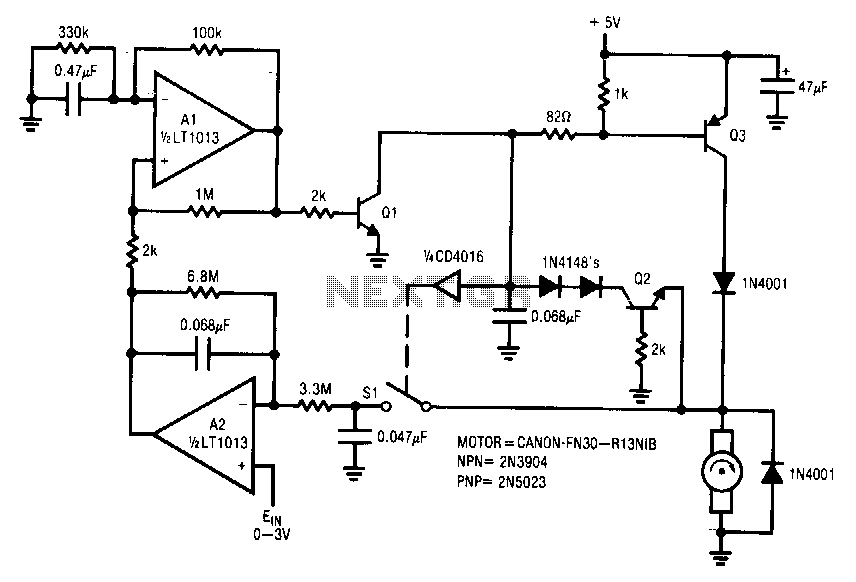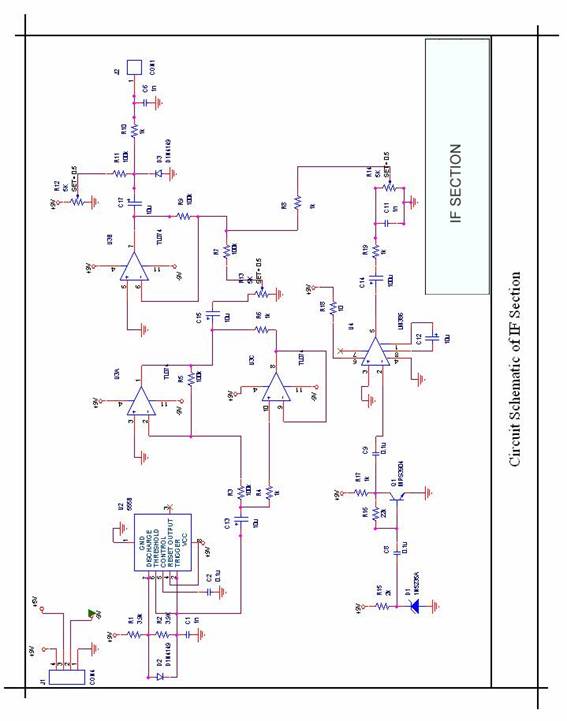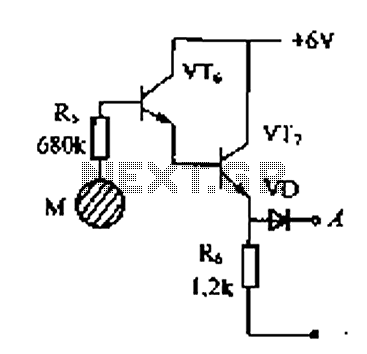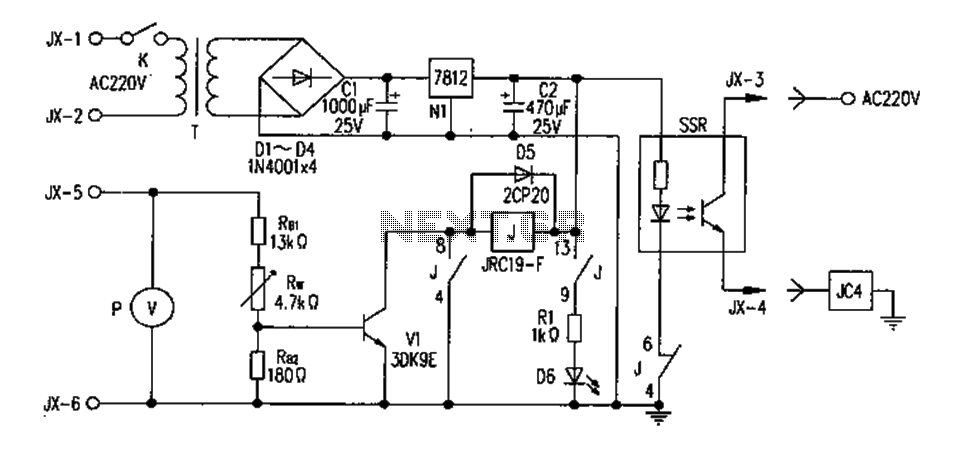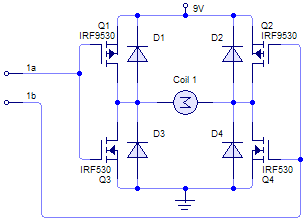
555 Dream lantern control circuit diagram
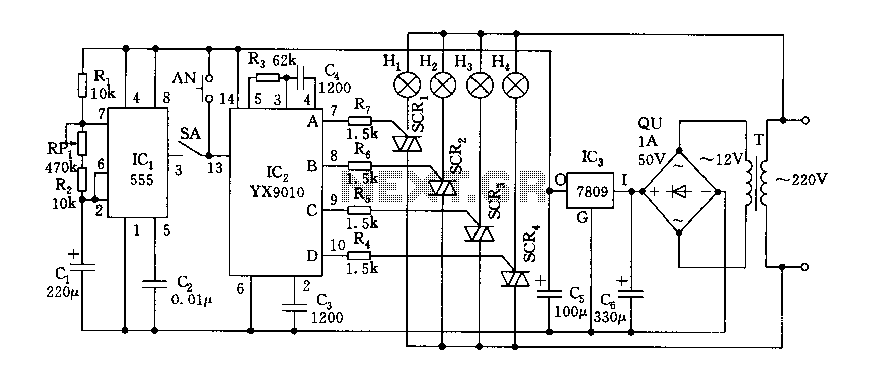
Fantasy lights offer wonderful changes suitable for storage, dance halls, or family holiday decorations. The control circuit is depicted here, which includes a multivibrator control circuit, a thyristor trigger circuit, and a step-down power supply circuit. The AC step-down rectifier circuit utilizes IC1 and IC2 to provide a +9V DC voltage. IC2 employs the YX9010 lights control ASIC, which features a memory chip capable of controlling eight different light sequences. This peripheral circuit is designed to be simple and can be operated either manually or automatically. A manual switch allows the user to cycle through different light programs with each press, enabling effects such as all lights on, fast forward and slow cycle flash, and reverse flashing patterns. The automatic mode switch (SA) connects to the output contact of IC1 (pin 3), facilitating automatic conversion and control of the lanterns. IC1, a 555 timer, along with components R1, RP1, R2, and C1, forms a multi-harmonic oscillator. The oscillation period T is calculated as 0.693(R1 + 2R2 + RP1)C1, with parameters illustrated to range from 5 to 76 seconds, and a duty cycle approaching 1:1. The output control mode switch at pin 13 of IC2 is activated with each high-level signal, transitioning the output states A, B, C, and D, resulting in a dynamic display of flashing lights and color patterns. The thyristor power circuit is selected based on the load size, with options including 3CTS-1A, 3CTS-3A, and SCTS-5A, which must have a reverse breakdown voltage of at least 400V (D grade) triac.
The circuit design incorporates a 555 timer (IC1) configured as an astable multivibrator, which generates a continuous square wave output. This output is utilized to control the light sequences through the YX9010 ASIC (IC2). The choice of resistors (R1, RP1, R2) and capacitor (C1) allows for precise tuning of the oscillation frequency, thus enabling a variety of lighting effects based on the desired ambiance. The inclusion of a manual switch provides user control, allowing for interactive experiences during events or celebrations.
In automatic mode, the circuit engages the thyristor trigger circuit, which allows for the control of higher power loads without significant heat generation, as the thyristors can handle large currents. This is crucial for applications where multiple lights are used simultaneously. The use of a triac with a minimum reverse breakdown voltage of 400V ensures reliability and safety in various operational conditions, accommodating different lighting setups.
Overall, this circuit is versatile and can be adapted for various decorative purposes, making it suitable for both personal and commercial use in festive environments. The combination of manual and automatic modes enhances usability, while the robust design ensures longevity and performance consistency.Fantasy lights, wonderful changes can be used to store, dance hall or family holiday decorations. Its control circuit is shown. Lantern multivibrator control circuit, a control circuit and thyristor trigger circuit and step-down power supply circuit. AC step-down rectifier circuit is IC1, IC2 provides + DC voltage of 9V. IC2 use lights control ASIC YX9010, its memory chip has eight lights control. This manifold peripheral circuit is very simple. It can be controlled manually or automatically. AN manual switch, every press time, the display lights transform a program can be realized four lights all light, fast forward and slow cycle flash, fast flash and slow cycle backward forward transformed flash and so on. SA automatic mode switch, it will be 3 feet of IC1 output contact (closed), automatic conversion and control lantern.
IC1 (555) and R1, RP1, R2, C1, etc. to form a multi-harmonic oscillator, its oscillation period T 0.693 (R1 + 2R2 + RP1) C1 Period of oscillation parameters given in illustration is from 5 to 76 seconds, the duty cycle is close to 1: multivibrator pulse 1.IC1 added to the IC2 output control mode switch terminal 13 feet, each time to a high level, special lights IC2s output of a, B, C, D state transition time. With no steady-state circuitry constantly flip, flash lights and color patterns are constantly turned over, again and again followed by conversion to produce fantastic results.
Circuit thyristor power according to the load size selected lights, optional 3CTS-1A, 3CTS-3A, SCTS-5A, require not less than the reverse breakdown voltage of 400V (D grade) triac.
The circuit design incorporates a 555 timer (IC1) configured as an astable multivibrator, which generates a continuous square wave output. This output is utilized to control the light sequences through the YX9010 ASIC (IC2). The choice of resistors (R1, RP1, R2) and capacitor (C1) allows for precise tuning of the oscillation frequency, thus enabling a variety of lighting effects based on the desired ambiance. The inclusion of a manual switch provides user control, allowing for interactive experiences during events or celebrations.
In automatic mode, the circuit engages the thyristor trigger circuit, which allows for the control of higher power loads without significant heat generation, as the thyristors can handle large currents. This is crucial for applications where multiple lights are used simultaneously. The use of a triac with a minimum reverse breakdown voltage of 400V ensures reliability and safety in various operational conditions, accommodating different lighting setups.
Overall, this circuit is versatile and can be adapted for various decorative purposes, making it suitable for both personal and commercial use in festive environments. The combination of manual and automatic modes enhances usability, while the robust design ensures longevity and performance consistency.Fantasy lights, wonderful changes can be used to store, dance hall or family holiday decorations. Its control circuit is shown. Lantern multivibrator control circuit, a control circuit and thyristor trigger circuit and step-down power supply circuit. AC step-down rectifier circuit is IC1, IC2 provides + DC voltage of 9V. IC2 use lights control ASIC YX9010, its memory chip has eight lights control. This manifold peripheral circuit is very simple. It can be controlled manually or automatically. AN manual switch, every press time, the display lights transform a program can be realized four lights all light, fast forward and slow cycle flash, fast flash and slow cycle backward forward transformed flash and so on. SA automatic mode switch, it will be 3 feet of IC1 output contact (closed), automatic conversion and control lantern.
IC1 (555) and R1, RP1, R2, C1, etc. to form a multi-harmonic oscillator, its oscillation period T 0.693 (R1 + 2R2 + RP1) C1 Period of oscillation parameters given in illustration is from 5 to 76 seconds, the duty cycle is close to 1: multivibrator pulse 1.IC1 added to the IC2 output control mode switch terminal 13 feet, each time to a high level, special lights IC2s output of a, B, C, D state transition time. With no steady-state circuitry constantly flip, flash lights and color patterns are constantly turned over, again and again followed by conversion to produce fantastic results.
Circuit thyristor power according to the load size selected lights, optional 3CTS-1A, 3CTS-3A, SCTS-5A, require not less than the reverse breakdown voltage of 400V (D grade) triac.
